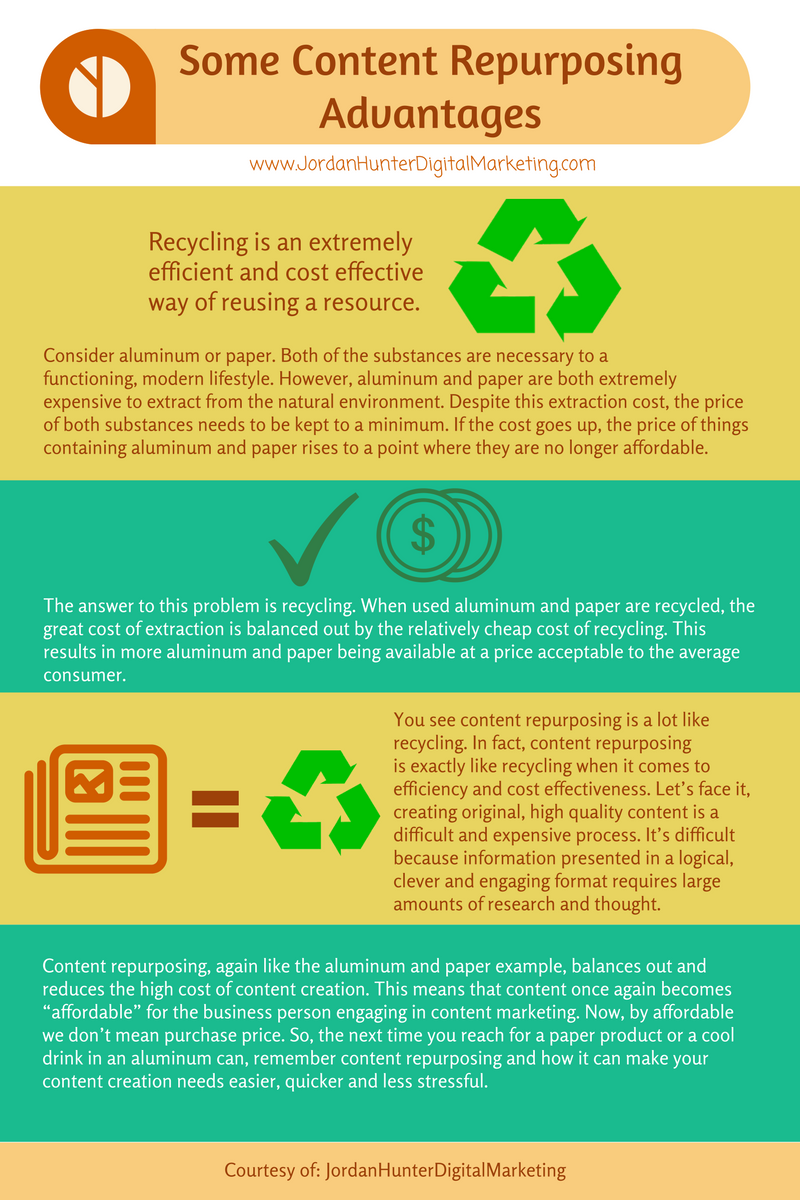
We all know that recycling is an environmentally friendly act. However, there is another element to recycling that not many people consider. Recycling is an extremely efficient and cost effective way of reusing a resource. Consider aluminum or paper. Both of the substances are necessary to a functioning, modern lifestyle. However, aluminum and paper are both extremely expensive to extract from the natural environment. Despite this extraction cost, the price of both substances needs to be kept to a minimum. If the cost goes up, the price of things containing aluminum and paper rises to a point where they are no longer affordable. When this happens, that functioning, modern lifestyle begins to grind to a halt. In short, people need aluminum and paper but can’t afford the extraction cost it takes to obtain them.
The answer to this problem is recycling. When used aluminum and paper are recycled, the great cost of extraction is balanced out by the relatively cheap cost of recycling. This results in more aluminum and paper being available at a price acceptable to the average consumer. So, at this point, you may be asking yourself “What does any of this have to do with content repurposing?” The answer is quite a lot.
You see content repurposing is a lot like recycling. In fact, content repurposing is exactly like recycling when it comes to efficiency and cost effectiveness. Let’s face it, creating original, high quality content is a difficult and expensive process. It’s difficult because information presented in a logical, clever and engaging format requires large amounts of research and thought. It’s expensive because all that research and thought takes time and, as the old saying goes, time is money. The cost of content creation, in this sense, is exactly like the extraction cost for aluminum and paper. The time and effort of creating content is so high that it stops people from content marketing altogether.
Content repurposing, again like the aluminum and paper example, balances out and reduces the high cost of content creation. This means that content once again becomes “affordable” for the business person engaging in content marketing. Now, by affordable we don’t mean purchase price. What we mean is that content repurposing allows the average person to be able to drip out repurposed content to their target audience simply by changing the way the original content looked or read. So, the next time you reach for a paper product or a cool drink in an aluminum can, remember content repurposing and how it can make your content creation needs easier, quicker and less stressful.







